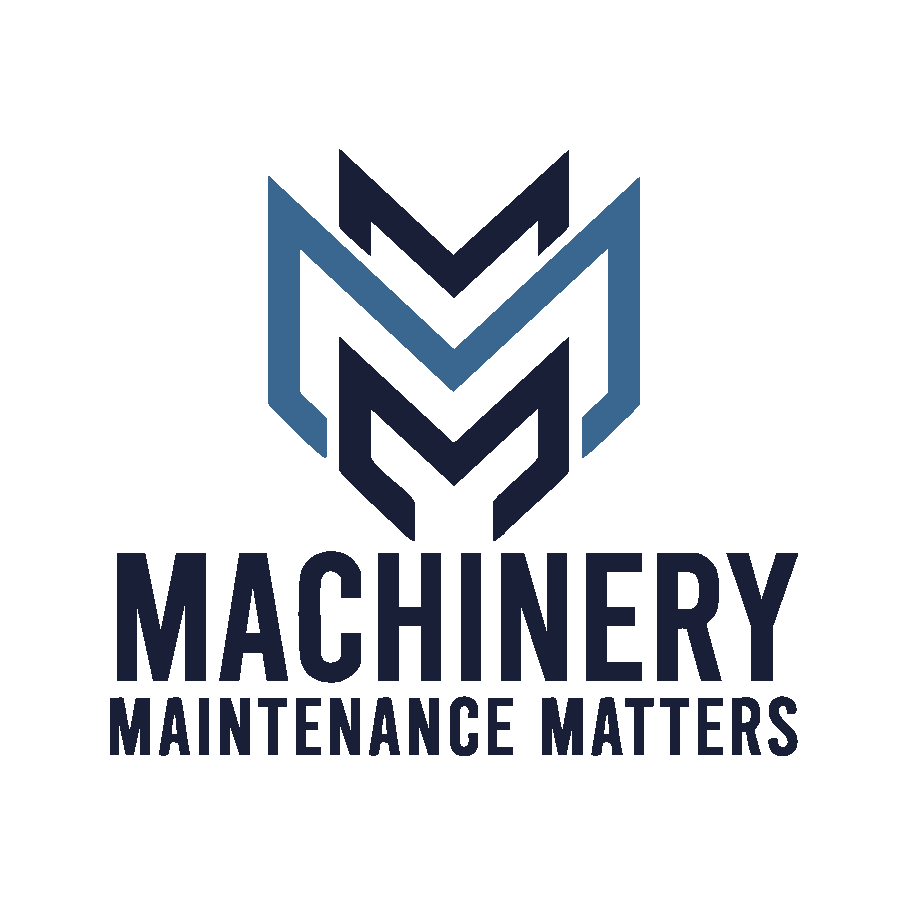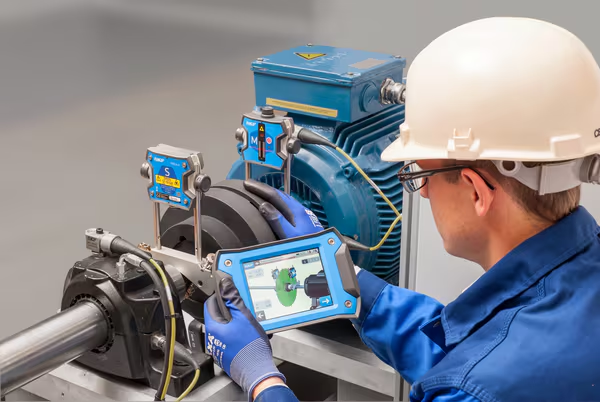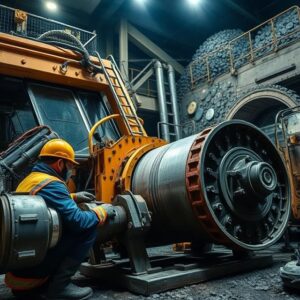Addressing rotating equipment shaft misalignment early can prevent costly downtime and equipment failure, saving industrial operations significant long-term costs. Laser shaft alignment technology has proven up to the task, delivering results as good as – or even better than – conventional alignment methods.
By Jimmy Swira
At the moment, in Africa, some industries are increasing production – mining, oil and gas (MOG) come to mind – as they target the ultimate pot of gold: increased revenue. And in this pursuit, they need critical equipment to be in perfect condition.
Without a doubt, a vital cog in production is rotating machinery. One of the standard practices maintenance engineering teams in industrial operations need to perform optimally is correct alignment at all times to ensure availability (increase uptime).
Angular and Offset/ Parallel Shaft Misalignment
Typically, the maintenance teams take well-intentioned steps to achieve correct alignment at the outset, ostensibly all the boxes ticked – good to go!
Kutsi Jaka, Product Manager: Condition Monitoring at SKF South Africa, consults on industrial sites on shaft alignments across industries in Africa. He explains what the task of alignment entails:”Alignment is the art of positioning and connecting several totally different components to each other in such a way that an optimum performance of the whole installation can be achieved.”
On how optimum performance is achieved, he adds: “Optimum performance occurs when the shafts of all of the machines in the system are collinear. A collinear condition minimises shaft motion and parasitic loads that are harmful to shafts, seals, bearings, and coupling components.”
Tolerances for Angular and Off-set/ Parallel Shaft Misalignment
Noteworthy, there is a tolerance range for angular and parallel shaft misalignment. However, when misalignment exceeds this allowable threshold, it is considered high risk and may lead to premature equipment failure if not addressed.
Installation Errors
In the line of duty, Jaka encounters varying cases of shaft misalignment when consulting on industrial sites. Intriguingly, data SKF has collated indicates that up to 90 percent of all rotating machinery runs outside the recommended alignment tolerances. Even more compelling, installation errors are the single largest contributor, accounting for 40 to 60% of all shaft misalignment-related machine failures.
This trend is mirrored in post-event assessments. The most common installation error identified is neglecting the first step in any shaft alignment process – performing pre-alignment checks, Jaka indicates. “Pre-alignment checks may include, among other tasks: checking and eliminating any pipe strain where applicable, soft foot, bent shaft, compensating for thermal growth, checking and aligning to recommended shaft alignment tolerances, etc. In addition, use of improper alignment tools can play a role.”
Effects of Misalignment
Clearly, the significance of sound alignment cannot be overstressed.
When shaft misalignment occurs, its effects go beyond. Particularly, Jaka mentions impact on machinery in the following areas: poor machine performance, increased power consumption, increased noise and vibration, premature bearing wear, and accelerated deterioration in gaskets, packing, and seals. Poor shaft alignment also results in higher coupling wear rates.
Early Misalignment Detection
Given the costly impact of misalignment, early detection is important before it worsens. Misalignment can be detected using three main condition-based maintenance technologies, namely vibration, temperature, and wear debris analysis. The tools range from simple hand-held devices to more advanced real-time monitoring solutions.
Laser Shaft Alignment Technologies
The next crucial step after detection of misalignment is alignment. Fortunately, industries have access to various technologies on the market to optimise alignment of their rotating equipment.
Despite the availability of a wide range of options, selecting a suitable tool can be a challenge. That is why Jaka urges plant managers to weigh the merits of each option – from traditional mechanical methods to advanced laser alignment – before selecting the most effective one.
Laser Alignment for Speed and User-Friendliness
Among available options, laser alignment stands out for its speed and ease of use, Jaka states. “The main differences between laser alignment and other alignment methods (such as mechanical/straight edge/string and dial indicators) are on speed and ease of use. The laser alignment method achieves the same alignment tolerances as the dial gauges, i.e., 0.001mm.”
Applying Laser Shaft Alignment
There are critical factors that should be considered before applying laser shaft alignment – specifically, whether there is noticeable reduction in power consumption, noise and vibration, and reduced coupling wear rates. The alignment report should also show an improvement between the “as found” condition and the “as left,” with the values within acceptable tolerances.
Best Practice in Alignment
Have you heard the expression about the carpenter blaming their tools? Cutting-edge laser alignment tools – or any other technology for that matter – are not a cure-all to shaft misalignment.
In the end, there is no alternative to sticking to best practice to prevent costly angular shaft misalignment, Jaka concludes. He highlights, as part of best practice in shaft alignment, the importance of performing adequate pre-alignment checks and using the right tools and procedures during the alignment process.
Evidently, when dealing with rotating equipment shaft misalignment, there are two options and nothing in between: Wait Too Long, Pay Too Much, or fix them now.







